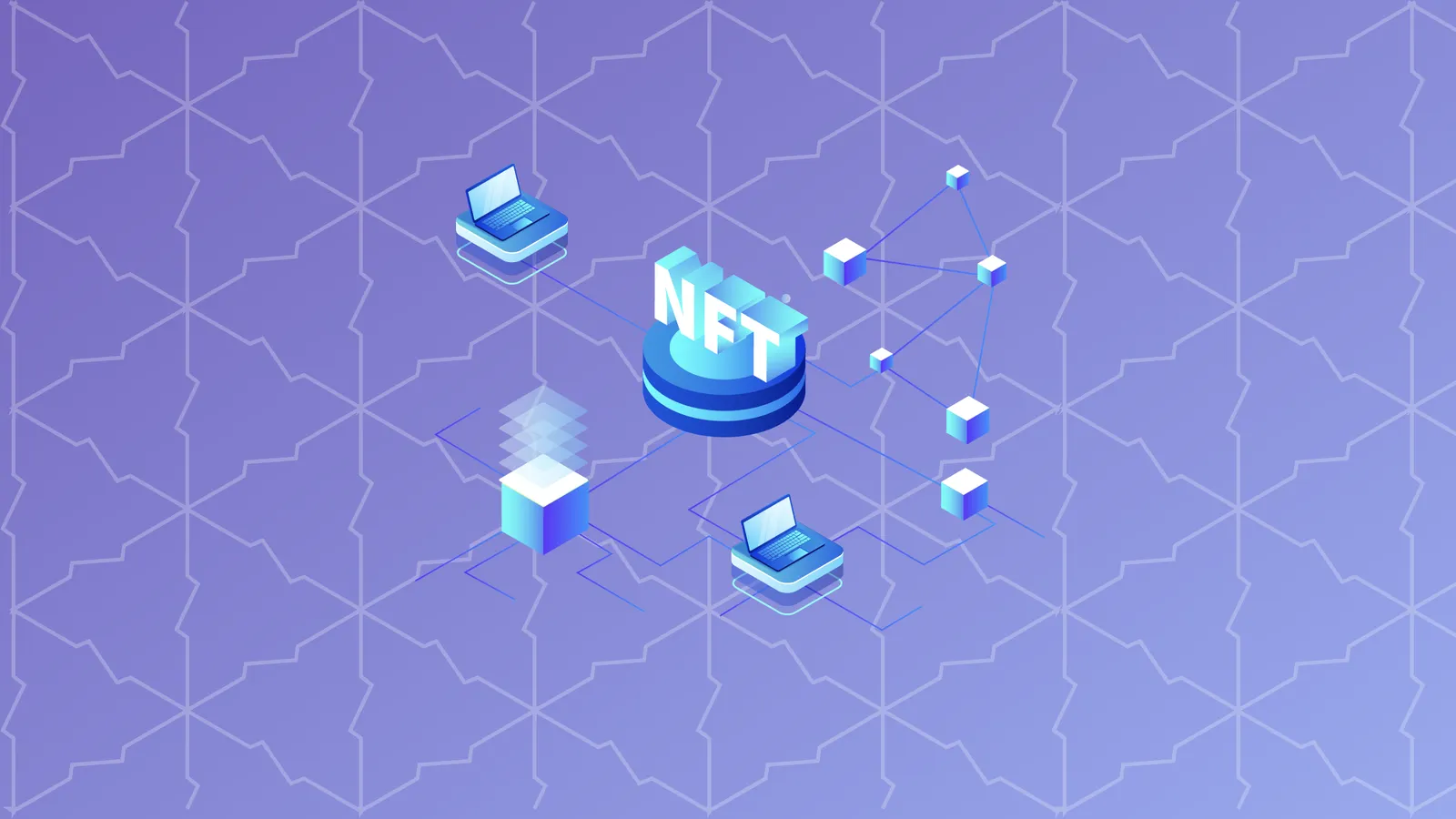When you think of NFTs (non-fungible tokens), what might come to mind are images of cartoonish apes and kitties that sell for millions. But that's just scratching the surface of NFTs. As you will learn in this course, NFTs have the potential to revolutionize the worlds of finance, art, trademark law, and even real estate.
Basically, NFTs are pieces of code designed to carry out a set of instructions if certain conditions are met. This code is also known as a smart contract.
Usually, at the heart of a smart contract, you'll find a mechanism that says (in computer code) “if this happens, then do this.”
NFTs can be used to represent both tangible and intangible items. They are unique and indivisible.
Unique
The information in the smart contract makes each NFT unique, and as such, they cannot be directly replaced by another token. They cannot be swapped like for like, as no two NFTs are alike. Fiat currency (US Dollars, Euros, etc) and Bitcoin, by contrast, are fungible. A dollar in your wallet is no different from a dollar in someone else's wallet. Same with Bitcoin.
Did you know?
In March 2021, digital artist Beeple sold an NFT collage of his work for $69 million, making him the third most expensive living artist at auction, after David Hockney and Jeff Koons.
Indivisible
NFTs have another important attribute: they are not divisible, in the same way that you cannot send someone part of a concert ticket; part of a concert ticket wouldn’t be worth anything on its own and would not be redeemable. However, in recent months some investors have experimented with the concept of fractionalized NFTs, though they remain a legal grey area and could be seen as securities.
CryptoKitties collectibles were some of the first non-fungible tokens. Each blockchain-based digital kitten is unique; if you send someone a CryptoKitty and receive a CryptoKitty from someone else, the one you receive will be a completely different CryptoKitty from the one you sent. Collecting different digital kittens is the point of the game.
Just now announced in the Telegram group. The very first fancy cat that is extremely rare in the Cativerse, check it: https://t.co/wO2UI87Xgm pic.twitter.com/bYp65BYA3u
— CryptoKitties (@CryptoKitties) November 14, 2017
The unique information of a non-fungible token, like a CryptoKitty, is stored in its smart contract and immutably recorded on that token’s blockchain.
What makes NFTs so special?
Non-fungible tokens have unique attributes; they are usually linked to a specific asset. They can be used to prove the ownership of digital items like game skins right through to the ownership of physical assets.
How are non-fungible tokens used?
As well as representing digital collectibles like CryptoKitties, NBA Top Shot and Sorare, non-fungible tokens can be used for digital assets that need to be differentiated from each other in order to prove their value, or scarcity. They can represent everything from virtual land parcels to artworks, to ownership licenses.
They're bought and sold on NFT marketplaces. While dedicated marketplaces such as OpenSea and Rarible have hitherto dominated the field, recently some of the leading cryptocurrency exchanges have begun to muscle in on the space, such as Binance and rival Coinbase.
How do NFTs work?
In 2017, ERC-20 was the Ethereum token standard that launched a thousand ICOs. Today, ERC-721 has launched a thousand non-fungible tokens (NFTs). Originally the lesser-known cousin of the ERC-20, ERC-721 has grown to become a pillar of the Ethereum ecosystem, underpinning billions of dollars worth of NFTs.
Non-fungible tokens can also be created on other smart-contract-enabled blockchains with non-fungible token tools and support. Though Ethereum was the first to be widely used, the ecosystem is expanding, with blockchains including Solana, NEO, Tezos, EOS, Flow, Secret Network, and TRON supporting NFTs.
Cheat Sheet
- Non-fungible tokens are digital assets that contain identifying information recorded in smart contracts.
- NFTs are usually linked to a specific asset. They can be used to prove the ownership of digital items like game skins right through to the ownership of physical assets.
- Unlike fiat currency or Bitcoin, NFTs are indivisible and unique.
Up Next
In this lesson, we laid the basic groundwork for understanding what an NFT is. But you might be wondering why this technology even came about. Did the world really neat this kind of token? What is its value-add? Advance to the next lesson to find out.




